Choosing the right dog for your family is more than just finding a furry friend—it’s about finding a companion who can protect your home and shower your kids with affection. For parents, especially those managing busy schedules, a guard dog can bring unmatched peace of mind.
They offer both security and an unshakable bond that’s just as important during bedtime snuggles as it is during late-night door knocks.
But not every protective breed is suited for life with children. The ideal guard dog for a family is equal parts vigilant protector and gentle playmate. These breeds can sense when to be watchful and when it’s time to let loose for a game of fetch. They’re smart, loyal, and adaptable—ready to watch over your home while embracing the chaos and joy of family life.
In this article, we’ll spotlight guard dog breeds that excel at both keeping danger at bay and loving your kids like their own. From affectionate giants to energetic, kid-friendly protectors, these dogs prove that safety and snuggles can go paw in paw.
Guard Dog Breeds that Love Attention From Kids
1. Boxer
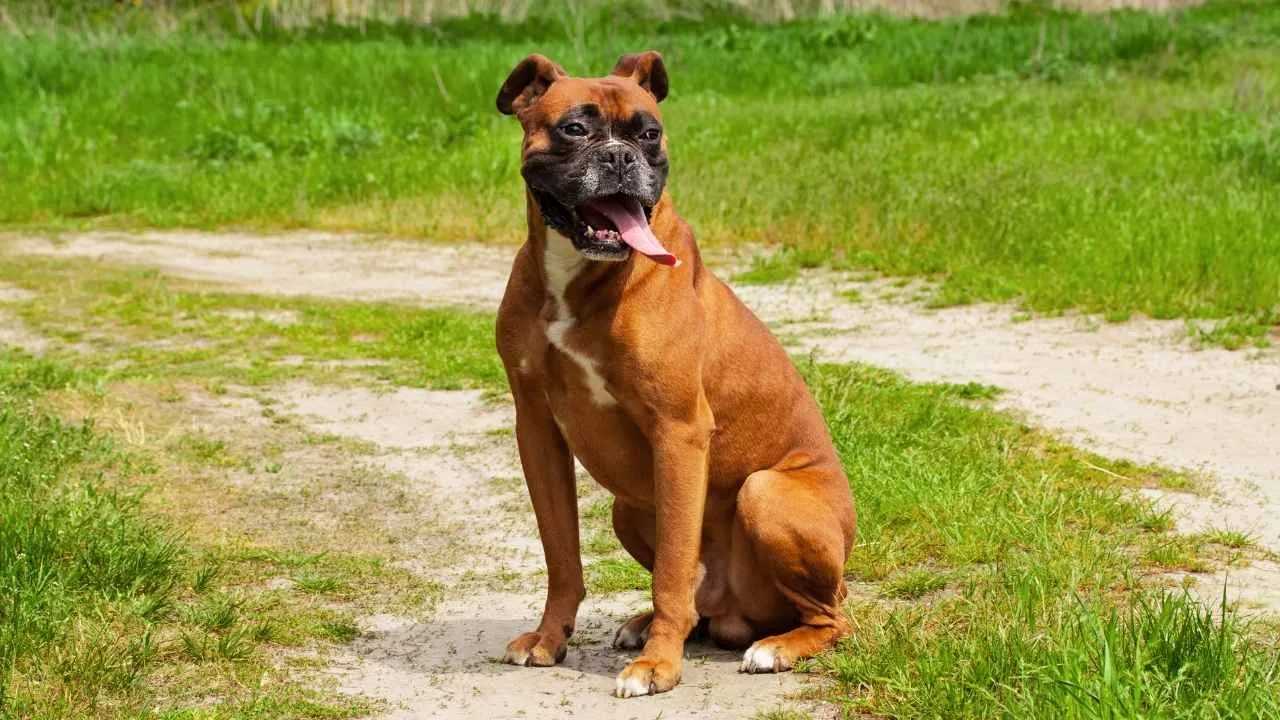
The Boxer, also known as the Deutscher Boxer, is a medium-to-large working breed that originated in Germany with ancestry tracing back to ancient Assyrian hunting dogs. AKC says that a Boxer is an active as well as fun-loving dog breed.
Developed from the now-extinct Bullenbeisser, along with Bulldog and Great Dane influences, Boxers were once used for big-game hunting and later as police and military dogs.
They stand between 21–25 inches tall and weigh 65–80 pounds, with a strong, square build, a short, glossy coat in fawn or brindle, and a distinctive black facial mask. Their life span averages 10–12 years, and they are celebrated for their agility, intelligence, and loyal disposition.
Temperament
Boxers are bright, energetic, and devoted to their families, especially children. Known for their playful “kid at heart” nature, they thrive on affection and interaction. While naturally protective, they are also friendly and eager to please, making them excellent companions for active households.
Their alertness and ability to read people’s intentions give them strong guarding instincts, but they balance this with patience and gentleness toward loved ones. They are one of the best guard dogs. Early socialization is essential to channel their energy positively, and they require daily exercise to keep both body and mind stimulated.
Fun fact: In 2008, the Boxer ranked as the sixth most popular dog breed in the United States according to AKC Registration Statistics.
2. Staffordshire Bull Terrier
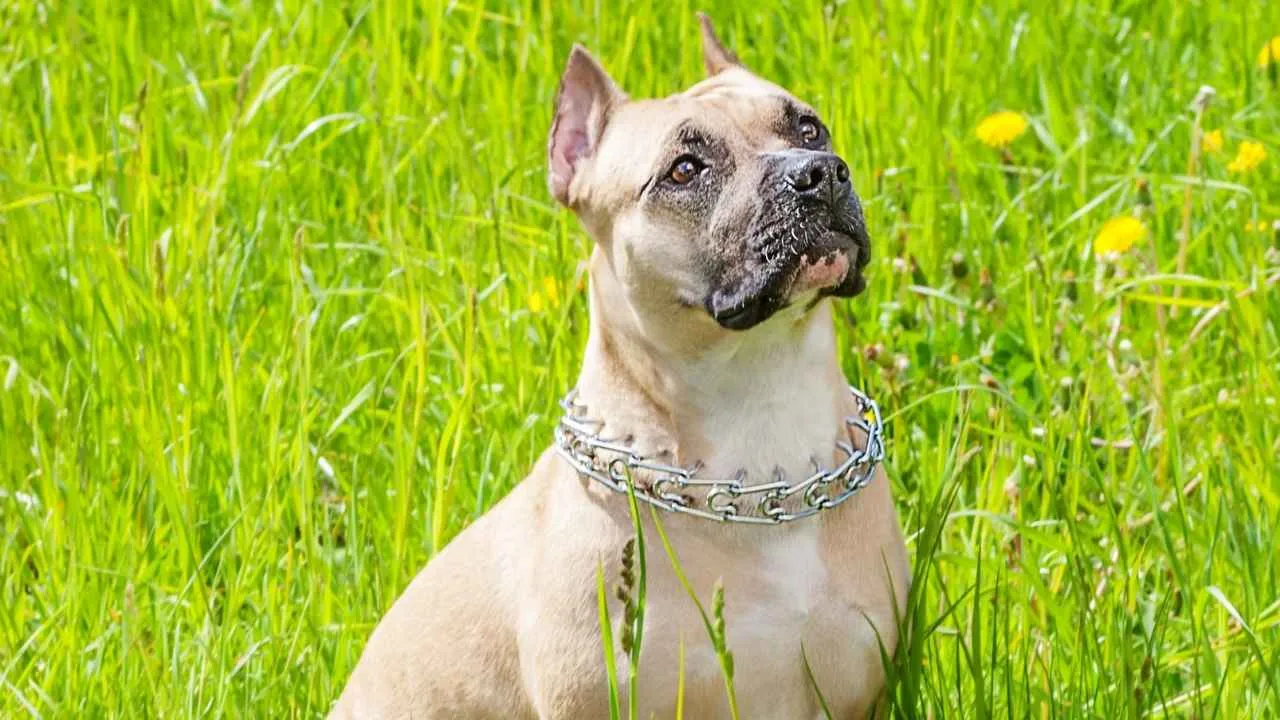
The Staffordshire Bull Terrier, affectionately nicknamed the “Staffy,” is a compact yet powerful dog with a rich history and a heart full of devotion. Originating in 19th-century England, this breed was developed from Bulldogs and terriers for bull-baiting and later dog fighting—practices long outlawed.
Over time, careful breeding transformed the Staffy into a cherished family companion. PetMD says this medium-sized breed, known as Staffies, can grow up to 16 inches tall and weigh between 24 and 38 pounds.
They boast a broad head, strong jaws, rose-shaped ears, and a short, smooth coat in shades like brindle, red, fawn, black, blue, or combinations thereof. Despite their muscular frame, their trademark is an expressive, often smiling face that hints at their affectionate side.
Temperament
Often celebrated as one of the best dog breeds for children, Staffordshire Bull Terriers have even earned the nickname “nanny dog” for their gentle, patient nature with kids. They thrive on human interaction, forming deep bonds with their families and relishing playtime.
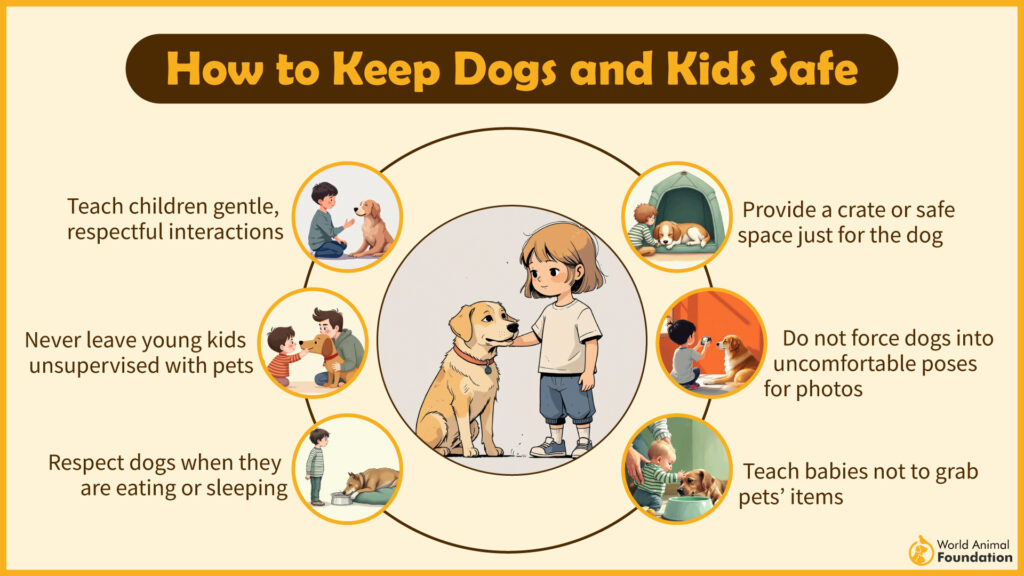
While loving and good-natured, they also have a strong protective instinct, making them reliable watchdogs. Consistent training is essential to ensure they remain well-mannered around other animals. Energetic and eager to please, they fit best in homes that can match their need for companionship, activity, and affection.
Fun Fact: Despite their tough appearance, well-bred Staffies are famously affectionate lap dogs who often believe they’re much smaller than they are.
3. Rhodesian Ridgeback
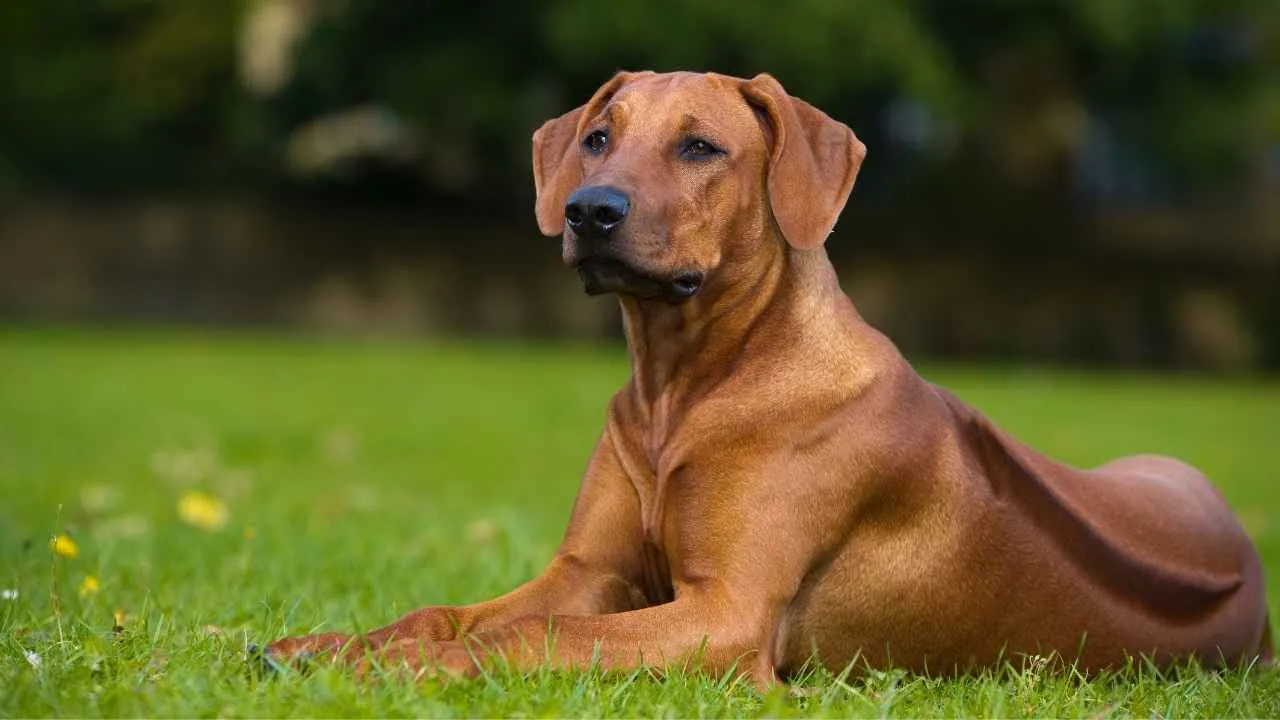
The Rhodesian Ridgeback, once known as the African Lion Hound, is a powerful and athletic hound dog instantly recognizable by the ridge of hair growing in the opposite direction along its spine. WebMD says Rhodesian Ridgebacks are speedy and adaptable dogs.
Originating in southern Africa, this breed was developed in the 16th and 17th centuries when Dutch, German, and Huguenot settlers crossed their imported hunting dogs with the native Khoikhoi dog. These crosses produced resilient, intelligent hounds capable of tracking and holding lions at bay without killing them.
Adults typically stand 24–27 inches tall and weigh 65–75 pounds, with sleek, short coats in wheat-like shades ranging from light beige to deep red. Their dense, glossy fur resists harsh climates and pests, while their expressive amber or yellow eyes and strong, tapered tail add to their striking appearance.
Temperament
Despite their hunting heritage, Rhodesian Ridgebacks are gentle, loyal, and affectionate with their families. They have a calm, quiet demeanor and rarely bark unnecessarily, but their protective instincts make them excellent watchdogs.
Around children, they are patient and affectionate, though their strong prey drive and independent nature mean early training and socialization are essential. Ridgebacks thrive with confident, consistent leadership and appreciate plenty of exercise to channel their athleticism. With proper guidance, they balance vigilance with a warm, devoted presence at home.
Fun Fact: Originally bred to track lions in the African bush, the Rhodesian Ridgeback was valued for its courage, speed, and ability to work in challenging conditions.
4. Rottweiler
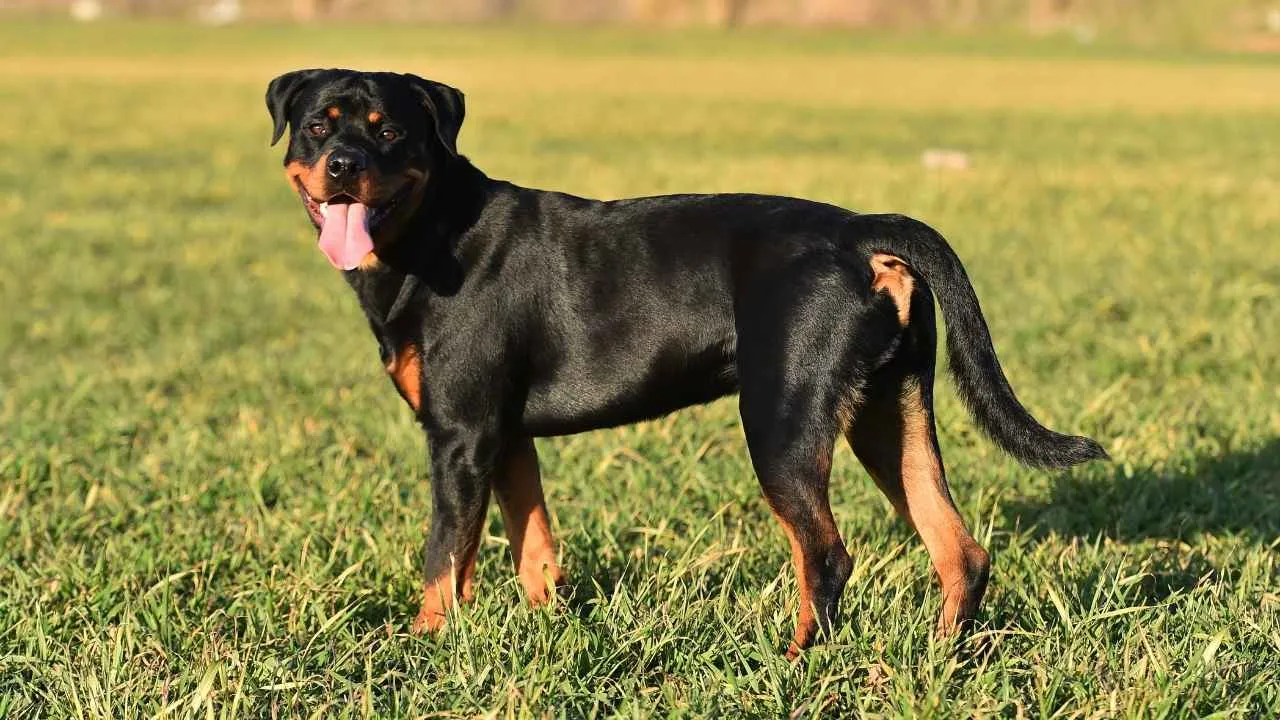
The Rottweiler, also known as the “Rottie” or “Rottweiler Metzgerhund” (Butcher’s Dog of Rottweil), is a powerful working breed with roots tracing back over 2,000 years to the mastiffs of the Roman Empire. Originally used to drive and guard cattle, they later served butchers in Rottweil, Germany, pulling meat carts and safeguarding goods.
Males typically stand 24–27 inches tall and weigh 90–110 pounds, while females are slightly smaller. With a life expectancy of 9–10 years, Rottweilers are known for their stocky build, short black coat with tan, rust, or mahogany markings, and their confident, watchful demeanor.
They belong to the Working Group and have historically thrived as police dogs, rescue workers, and loyal home guardians.
Temperament
Rottweilers are intelligent, calm, and deeply loyal, making them excellent protectors and affectionate family members when properly trained. Naturally wary of strangers, they need early and consistent socialization—especially around children—to channel their protective instincts appropriately.
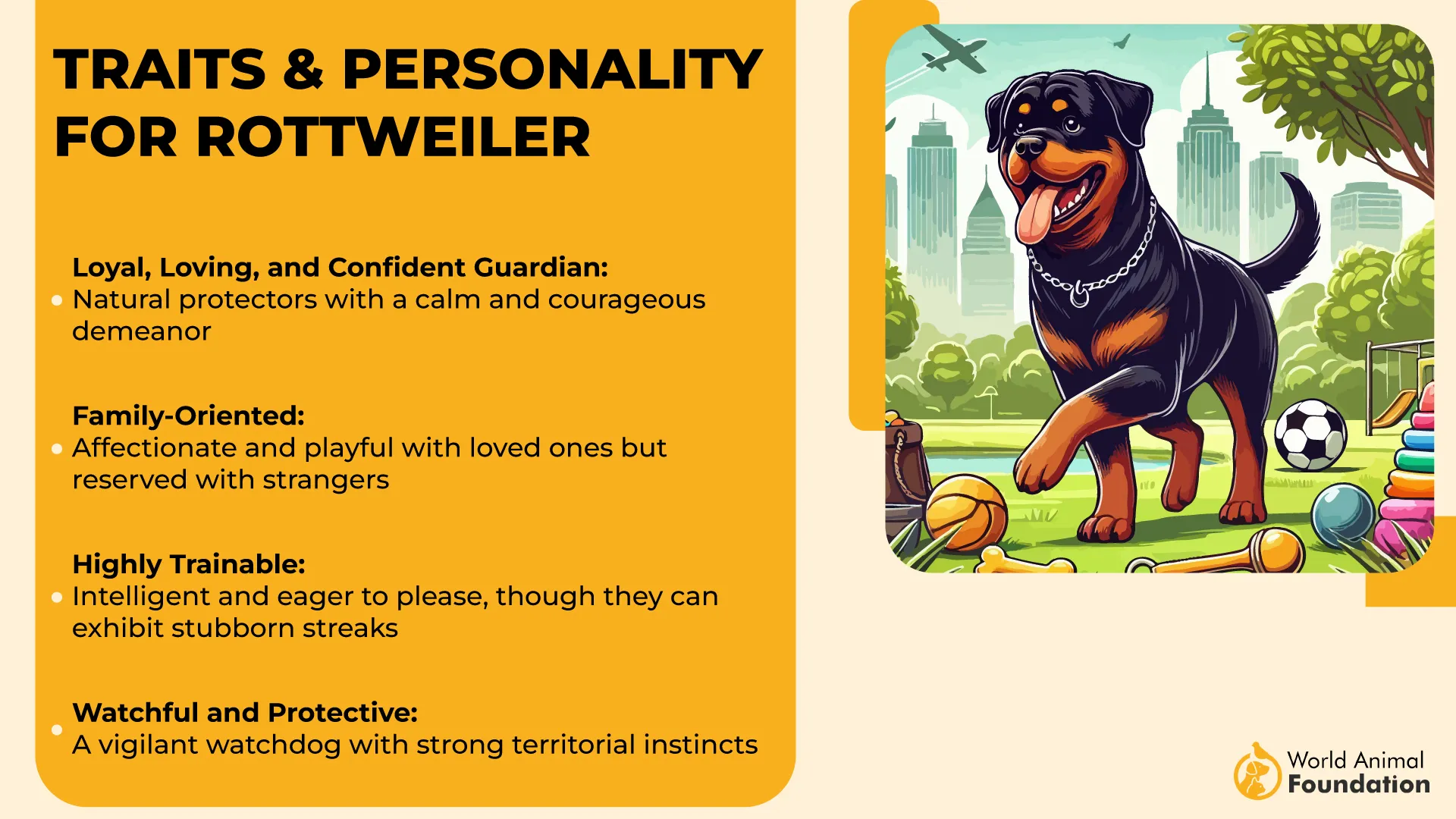
While they can be gentle playmates for kids, their size and strength require supervised interactions. With patient, firm guidance, Rottweilers develop into dependable, loving companions who balance vigilance with warmth.
Fun fact: A Rottweiler inspired the beloved children’s book series Good Dog, Carl, based on author Alexandra Day’s own pet, Toby.
5. Doberman Pinscher
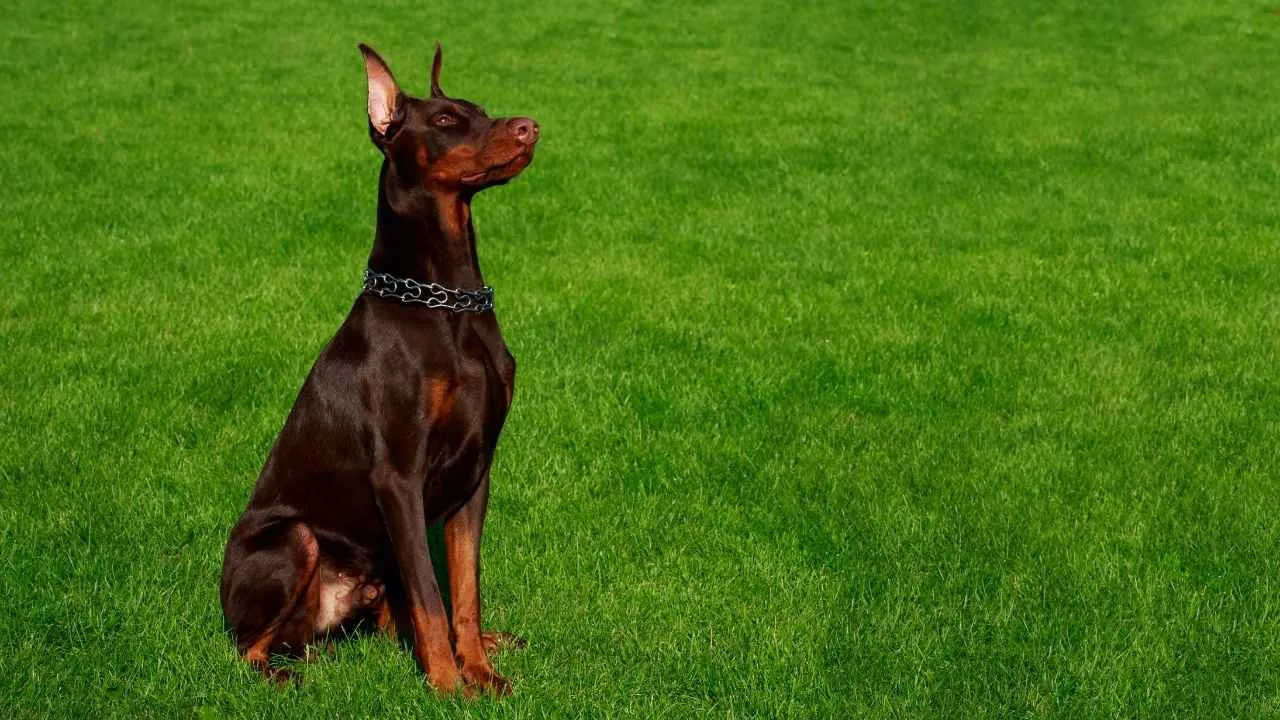
The Doberman Pinscher—also known as the Doberman, Dobie, or Dobe—originated in Apolda, Germany, in the late 19th century, created by Karl Friedrich Louis Dobermann, a tax collector seeking a fearless yet loyal guardian.
By crossbreeding breeds such as the Rottweiler, German Pinscher, and Black and Tan Terrier, he produced a sleek, athletic dog built for both protection and companionship. Recognized by the German Kennel Club in 1900, Dobermans quickly gained global popularity as working dogs and family protectors.
Standing 24–28 inches tall and weighing 60–100 pounds, they are distinguished by a short, smooth coat in black, blue, fawn, or red with rust markings, and typically live 10–12 years.
Temperament
These excellent guard dogs are intelligent, alert, and exceptionally loyal, forming deep bonds with their families. When raised in an active, loving home, they blend their natural protective instincts with gentle affection toward children.

Early socialization and consistent training help channel their high energy and sharp minds into positive behaviors, making them attentive playmates as well as reliable guardians. Their athleticism demands daily exercise, and they thrive when given mental challenges alongside physical activity.
Fun Fact: During World War II, a Doberman named Kurt became the first canine casualty at the Battle of Guam in 1944 and is honored with a bronze statue at the National War Dog Cemetery.
6. Bullmastiff
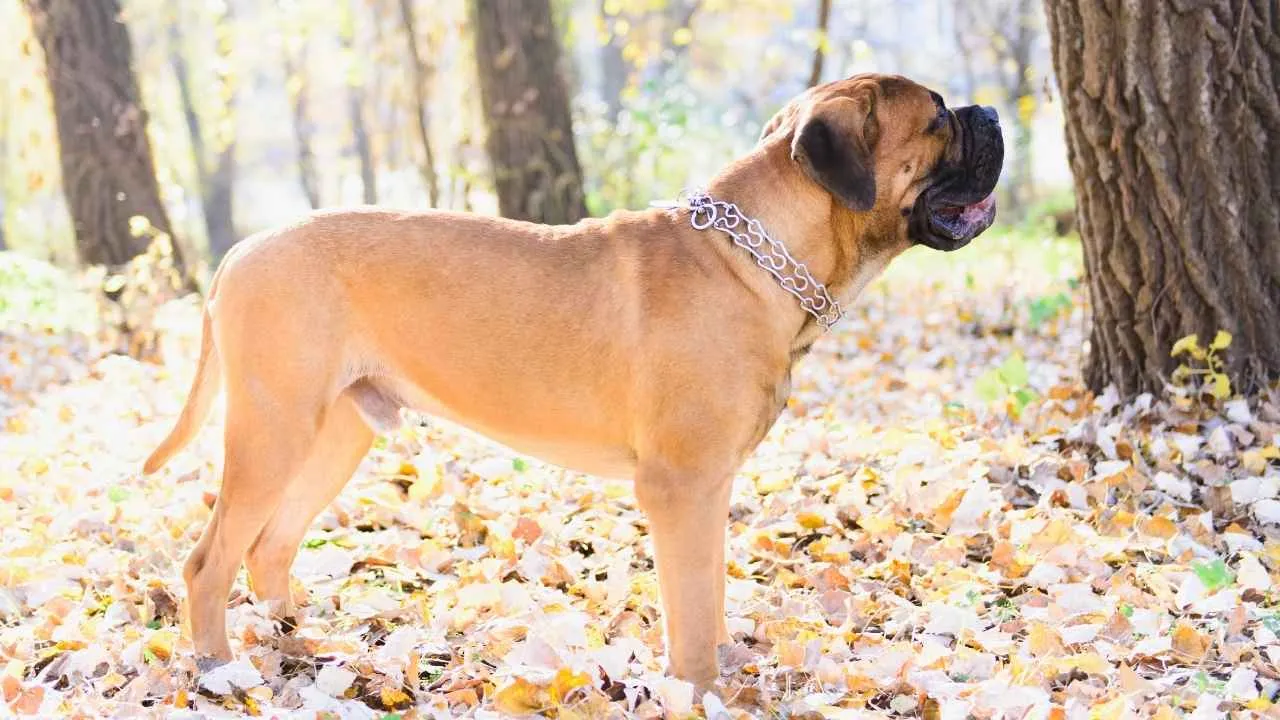
The Bullmastiff, sometimes called the “Gamekeeper’s Night Dog,” is a powerful yet gentle guardian originally developed in late 19th-century Britain. Bred by crossing the Mastiff and Bulldog, this working breed was tasked with tracking and holding poachers without causing them harm.
Standing 24–27 inches tall and weighing between 100–130 pounds, the Bullmastiff is solidly built, with a short, dense coat in fawn, red, or brindle, and a distinctive black mask over the face and ears.
Despite their size, they adapt surprisingly well to smaller living spaces, thanks to their calm indoor demeanor. Their life expectancy averages 7–9 years, and their presence alone can be a strong deterrent to intruders.
Temperament
Fearless and alert when duty calls, this protective guard dog breed is affectionate, patient, and deeply loyal to family members—especially children. They instinctively distinguish friend from threat, offering protection without unnecessary aggression.
Positive reinforcement obedience training is essential to prevent overprotectiveness, and they respond best to confident leadership and clear boundaries. Around kids, they are gentle playmates who also stand ready to guard. While their exercise needs are moderate, daily walks and mental stimulation keep them balanced and happy.
Fun Fact: Despite their imposing size, many Bullmastiffs firmly believe they’re lap dogs, often attempting to curl up right where you’re sitting.
7. Great Dane
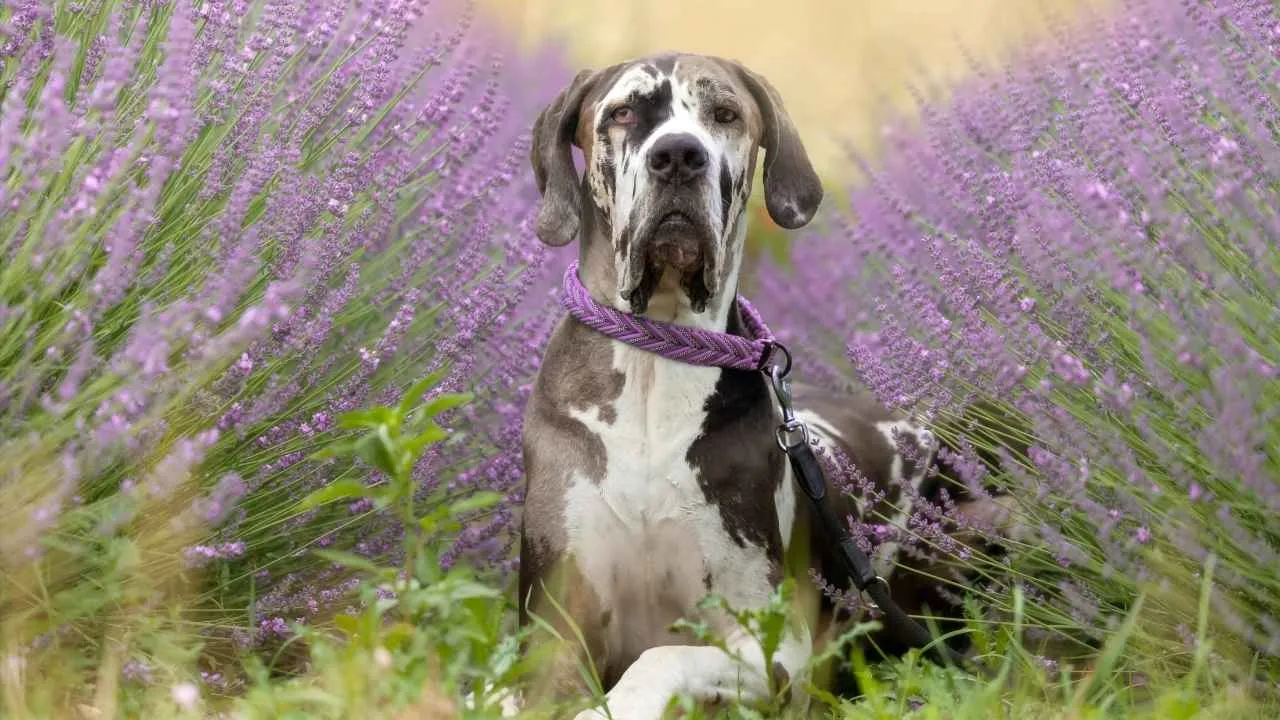
The Great Dane, often called the “Apollo of Dogs,” is a towering yet elegant breed with roots in Germany dating back over 400 years, where it was originally developed for boar hunting. Males can reach 28–32 inches at the shoulder and weigh between 110–175 pounds, with females slightly smaller.
Their sleek coats come in a variety of colors, including fawn, brindle, blue-gray, black, mantle, and the striking harlequin pattern. Despite their commanding presence and deep bark, these giants are known for their grace, loyalty, and people-pleasing nature. They live, on average, 7–10 years and belong to the Working group.
Temperament
Beneath their imposing frame, Great Danes are affectionate, calm, and gentle with children, often forming strong family bonds. They’re protective without being aggressive, and their size alone can deter intruders.
While they’re patient and playful, their sheer bulk means they may unintentionally knock over toddlers during exuberant moments, so supervision with young kids is important.
These great guard dogs thrive on companionship, require proper obedience training, and respond well to positive reinforcement. Moderate daily exercise and early socialization help them grow into the steady, trustworthy guard dogs for families they’re meant to be.
Fun fact: The Great Dane is Pennsylvania’s official state dog and has even starred in pop culture classics like “Marmaduke” and “The Ugly Dachshund” (1966).
Conclusion
Choosing the right guard dog is about finding the perfect mix of protection, loyalty, and affection for your home. Whether it’s a Bernese Mountain Dog with its gentle nature or another mild-mannered dog that thrives in a warm family environment, these breeds prove that security and love can coexist.
From the moment you bring a dog from a puppy into your home, you have the opportunity to raise a protector who’s also a great family pet, offering companionship, joy, and reassurance to everyone under your roof.
For dog parents who want loving family pets that balance great attacking qualities with warmth, these guard breeds excel. They’re not just good attack dogs—many are clumsy dogs at play, happy to share space with other dogs, or even grow up puppy alongside your kids.
With the right training, care, and a healthy environment, these guardians will adapt to your lifestyle, ensuring your furry breed companion remains a devoted, reliable, and loving part of your family for years to come.


